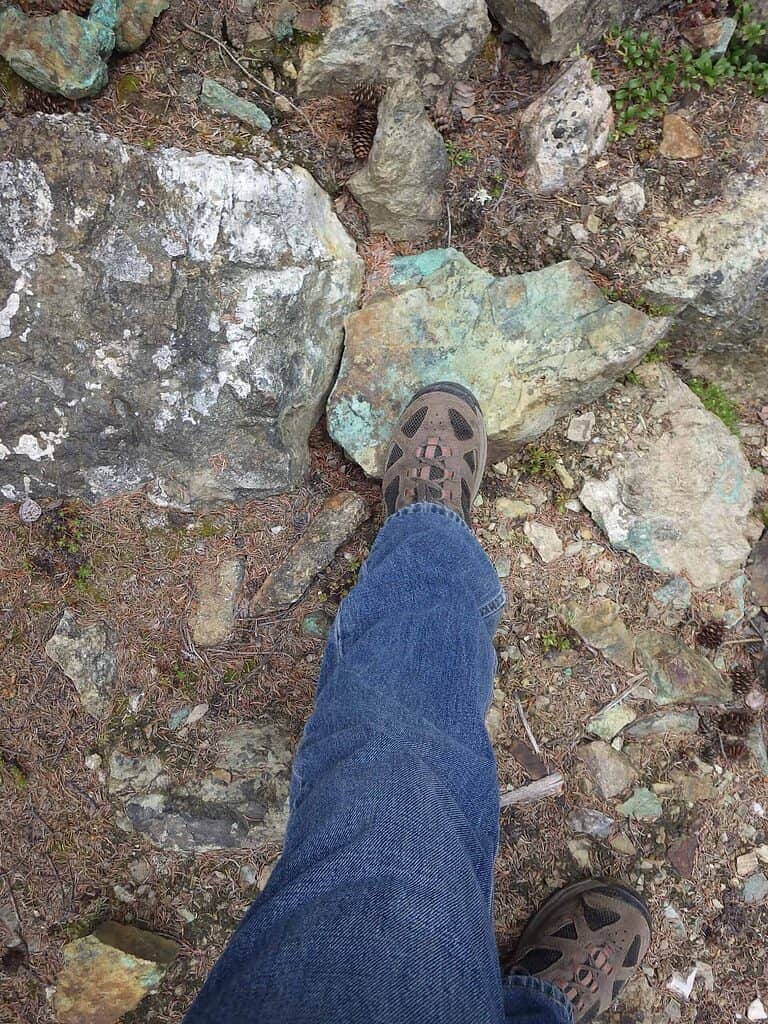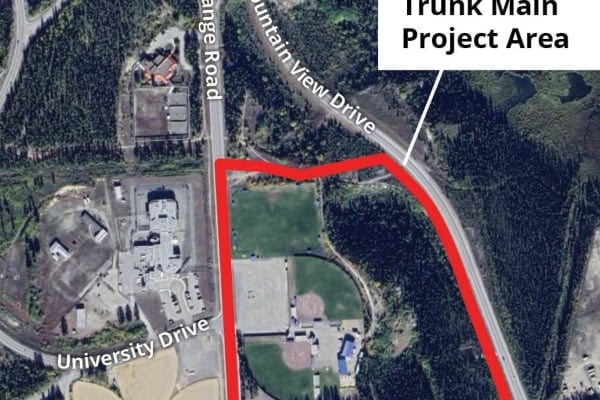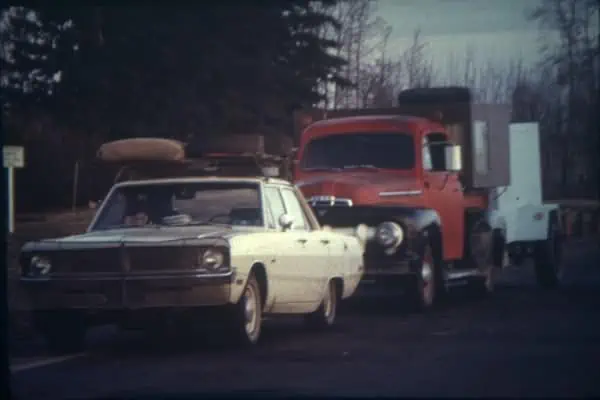
So, I walked around the world. It took 10½ years.
OK, not actually around the world. But I did walk 40,000 kilometres, the equivalent of once around the equator. I didn’t start out with the goal of walking around the world. I only wanted to walk around the block because I needed some exercise. But that grew to twice around the block, and then three times. So, what’s the secret of succeeding in any long-term project? Sure, motivational memes assure us that even the longest journey starts with one small step. But the first step is not the hardest part. It’s keeping it up until the last step, 60 million in my case—keeping going until the project is complete. How do you do that?
In previous lives, I was an army officer and then helped manage a big Dell call centre. Each of those experiences gave me a valuable lesson that helped me walk around the world. Those lessons have been useful in other long-term projects too.
The army lesson was to build essential things into the daily routine. If things are in a routine, they get done without requiring much thought or anguish. In my case, I built the walking into everything I did.
When I worked downtown, I walked along the waterfront at lunchtime, every day, and then walked around downtown going to meetings. I walked to the Super A to get the newspaper two or three times a week, every week. I walked downtown from Porter Creek at least once a week. I hiked the Yukon wilderness on weekends. The trick was to put the walking into my daily schedule at a sufficiently high priority so that it was not something that I did only if I had time left over after doing everything else. That doesn’t mean being obsessive. But for me, it meant considering walking to be really important and quite high on the priority list. If some exceptional circumstance cropped up, sure I could change the routine … for that specific instance. But the next day, I was back to the walking routine again.
The Dell lesson was to measure things. In the call centre, we were constantly measuring call volumes and wait times to ensure we had enough technicians ready to talk, but not too many sitting idle for too long. Translating that lesson to my walking meant setting targets and keeping track. I measured how far I walked every day, using a GPS if I was on a new route. I recorded my distance on a spreadsheet that showed how far I was toward my targets for the week and for the year. If I was ahead of the game, I could easily fit in something new without remorse. If I was falling behind, I would know immediately and feel some pressure to get moving. (One year, because I cut things close and forgot about leap year, I ended up walking more than expected on New Year’s Eve, to make my yearly target.)
Another trick that I learned over 3,833 days of walking is to share the experience with someone else who has the same goal. In theory, you won’t both feel lazy at the same time and one of you will always be there to keep the other on schedule. In my case, it was The Dogs. They had a great sense of routine and were always willing to walk. If I came home in the evening tired after a late meeting, The Dogs would insist that another kilometre or five would help keep me on schedule.
A further secret is to make the goal achievable but still far enough out that you have to work at it. At first, I thought that 5 km/day would be a big deal. But that turned out to be no challenge, easily accomplished without effort by one easy noon stroll along the waterfront and walking to one business meeting. That grew to seven, then 10, and finally 11 km/day, on average, over the long-term. If I completely missed a day, then catching up those missing 11 kilometres took effort but was still doable. On the other hand, one year I set myself the goal of 13 km/day, every day. I accomplished that but felt it was unhealthily obsessive. Too many dark winter nights in the cold snowy woods: just another couple of kilometres when I should have been in bed. The Dogs loved it, though. So, you might have a long-term project. Maybe reading more, learning a new language, practicing the ukulele, or some physical workout thing. Set a non-trivial goal, build it into your daily routine and measure your progress.
Oh yes, even if you’re not walking around the world, get a dog anyway. Maybe two!




